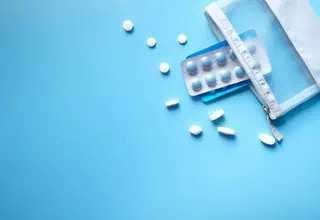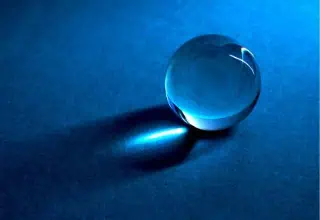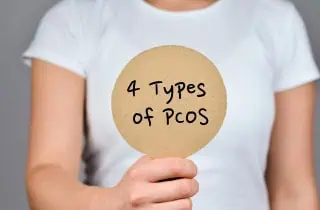
Why do antihistamines cause weight gain? And how does hormonal birth control affect metabolism?
In episode eleven of my podcast and Youtube video, I look at how common medications affect metabolism; why birth control that is androgenic is more likely to cause weight gain; and whether natural progesterone causes weight gain or weight loss.
🔵


